How to get active locally
With the holidays coming up, here is a reminder of some local physical activities that you and your child might like to get involved with.
The comprehensive physical activity guide was produced to signpost parents and carers to help children achieve the governments recommended daily 30 minutes of physical activity outside of school.
Leeds Gymnastics Easter camps
Leeds Gymnastics, who run one of our after-school clubs, are holding gym camps during the upcoming holidays. Contact them direct to book places.

School meals – parent/carer feedback and pupil voice
The School Council have recently discussed an idea we received from a parent about our school meals. Currently, where there is a meal served with a side, such as curry and rice, the curry would be served on top of the rice. The suggestion was made to have the curry served alongside the rice giving the children the choice to mix the two parts of their main meal if they wish.
The School Council held a vote to decide this democratically. The result of the vote, nine votes to one, was to change to have the part of the meal served separately. This has been fed back to the Catering Leeds kitchen team and will start immediately.
Thank you for your comments of how we can improve or make changes to our current meals.
A great start to the Big Pedal
After day one of the Big Pedal, we are 38th out of 500 schools in the small school category – the top school in Leeds! Brilliant news. The leaderboard can be viewed via the Sustrans Big Pedal website.
Well done everyone – keep your active travel going, great for you and great for the environment.
Remember active travel counts as walking, park and stride, scooting and biking. Supporter (parents/carers, siblings and staff) travel counts too.
Let’s keep those numbers high for the rest of the week and hopefully we’ll move up the leader board and be in with the chance to win prizes.
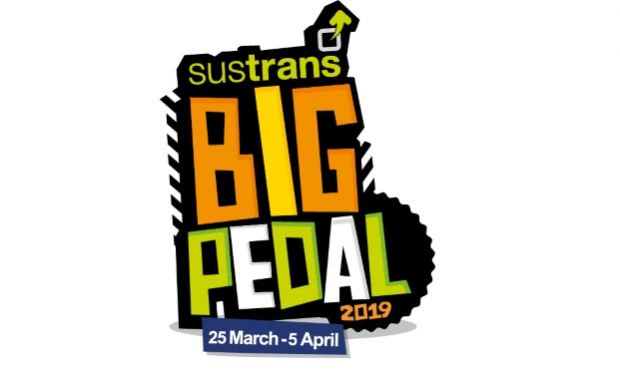
Year 2 skipping festival
This week, Year 2 will be taking part in a skipping workshop led by Jodi from Skipping School. Following the workshop, the children will continue to learn their new skills at school before we take part in the Leeds wide skipping competition. We would love for the children to continue developing these skipping skills at home too so we will be selling skipping ropes next Thursday and Friday in class.
The ropes will be on sale at a subsided price, funded by our PE Premium, of £2 (normal price £5).
If your child is interested in buying a rope, please send the correct money, if possible, to school next Thursday.
We can’t wait to get skipping!
‘Pop up art gallery’
Thank you to all parents and carers who visited our art gallery as part of our Katie and… topic review this afternoon.
The children enjoyed showcasing their art learning from the eight week topic and we hope you enjoyed viewing their pieces.
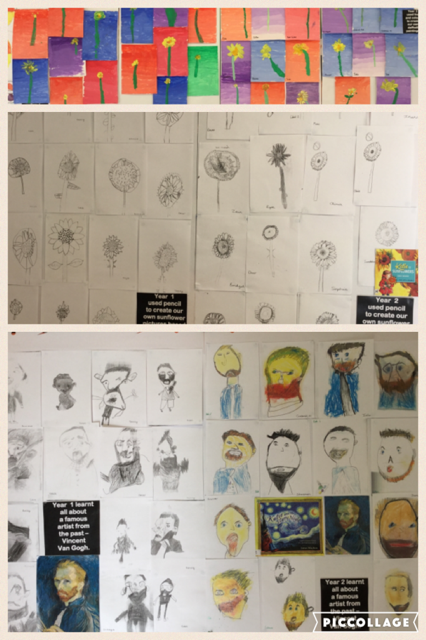
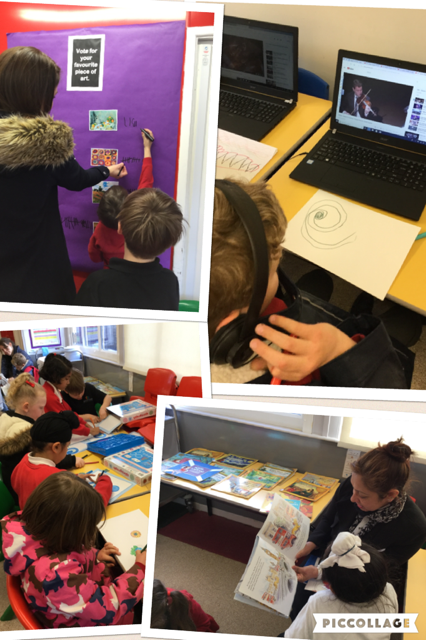
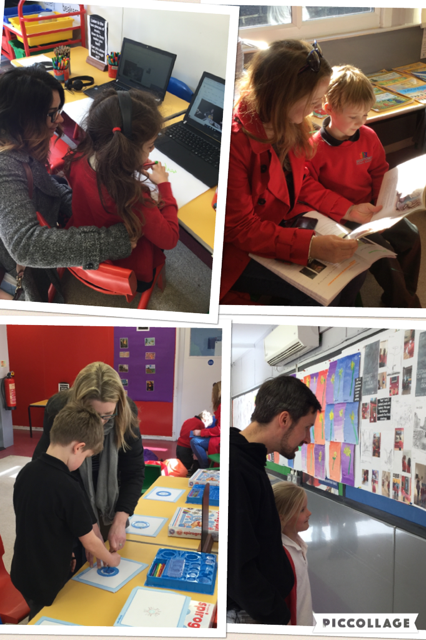
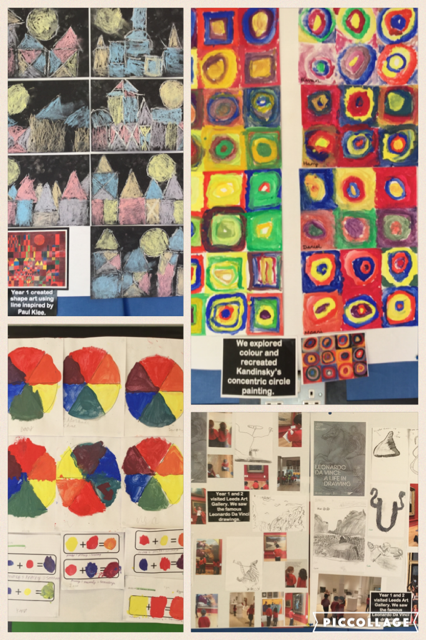
Living and Learning: What talents do we have?
Our homework review was great fun this week as we were treated to many wonderful talents from the whole class.
We had some fantastic artwork which had been used to create these brilliant information cards.
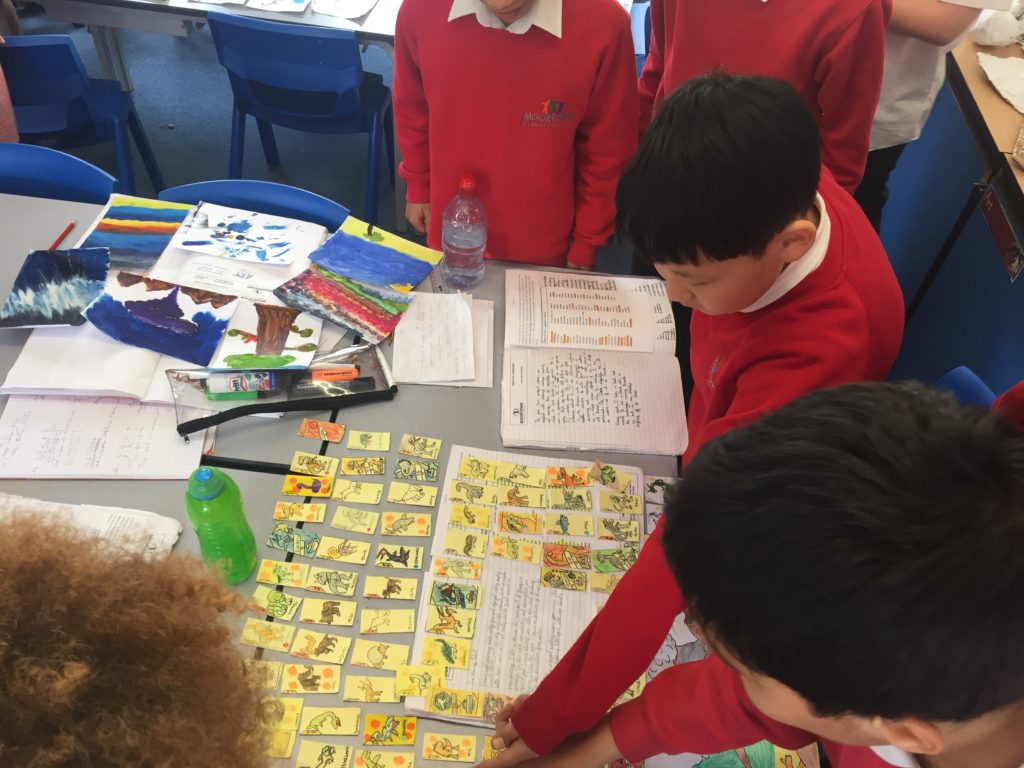
We enjoyed some writing, demonstrating some brilliant literary skills.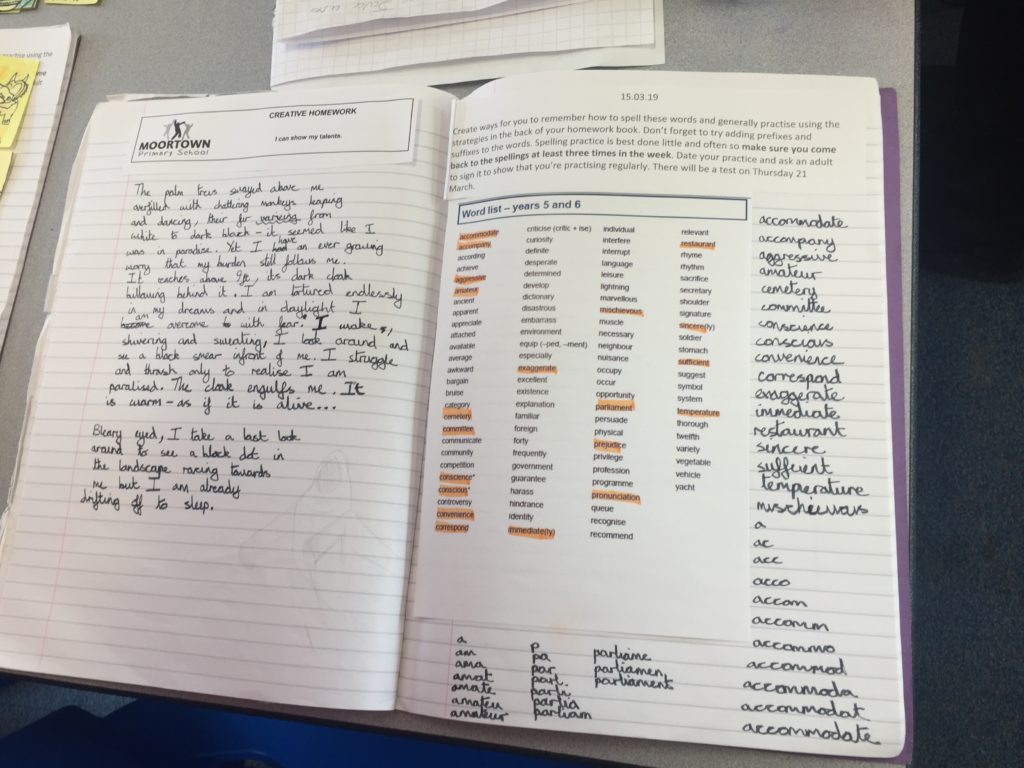
Some lovely paint work – I’d have the blue one on the right up on my wall at home!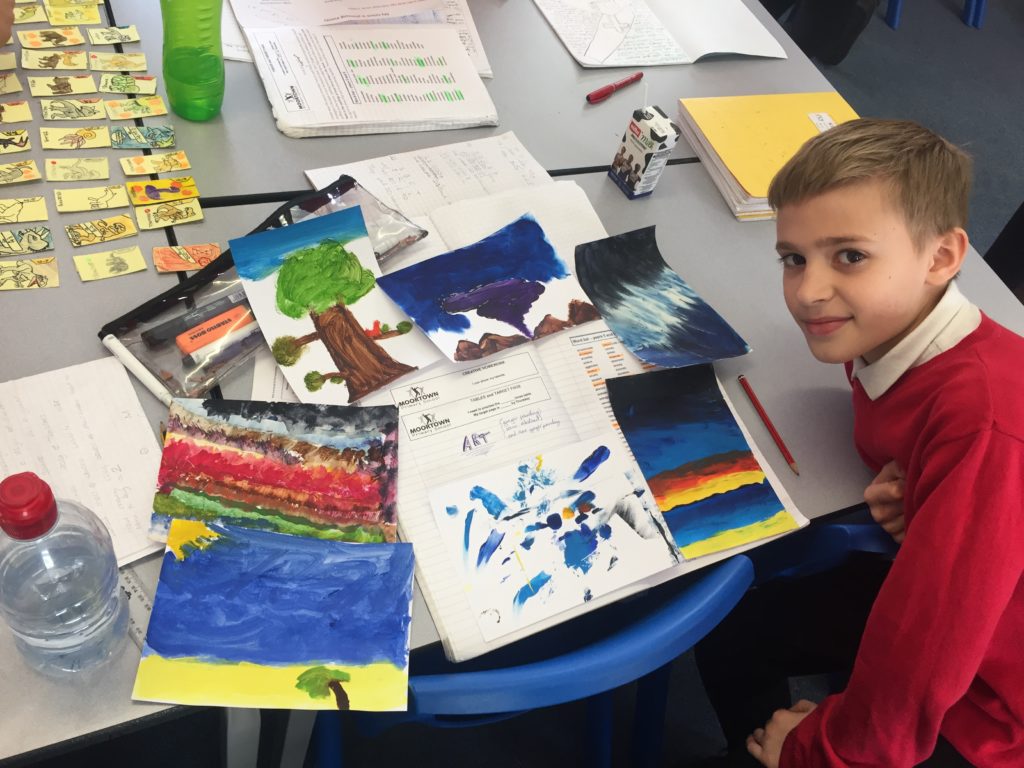
Some comedy that made us chuckle.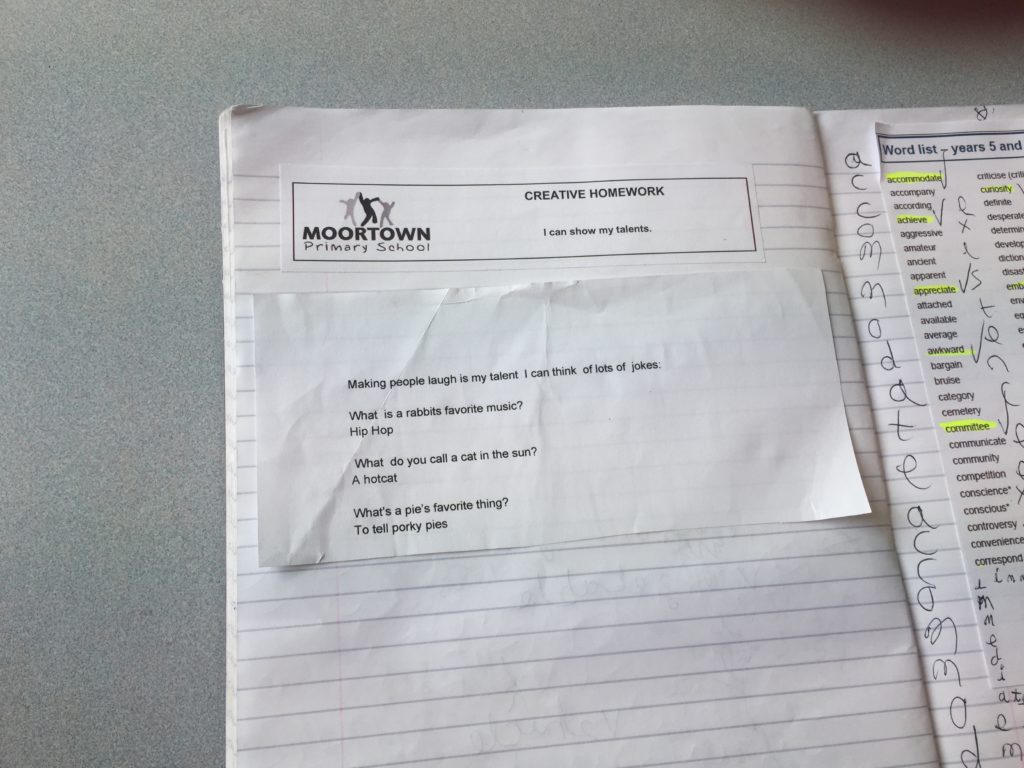 We were also treated to some impressive gymnastics from Grace; really great singing from Martha, Manpreet and Noorpreet; a video on particle physics from Ripley; and some football skills from Kai.
We were also treated to some impressive gymnastics from Grace; really great singing from Martha, Manpreet and Noorpreet; a video on particle physics from Ripley; and some football skills from Kai.
It was really great to find out what children are interested in both in and out of school and lovely to give them the opportunity to show the rest of their class what they are proud they can do.
The Three Billy Goats Gruff
Last week we used different materials to build bridges and retold the story of The Three Billy Goats Gruff.
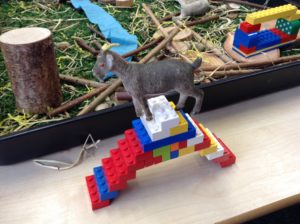

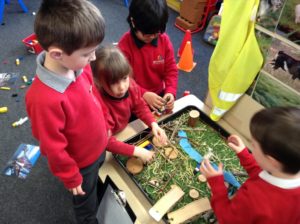
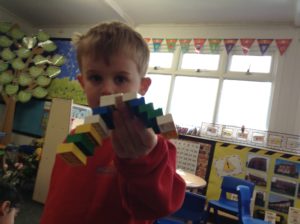
Why not ask your child to tell you their favourite part of the story?
Sound
Over the last couple of weeks, we’ve been focussing on sound as a part of our big topic. Last week, we focussed on changing sounds. The children got to experiment making lots of different sounds at different volumes, using different instruments. We discovered that the harder you hit, blow, shake and pluck an instrument, the louder the sound.
Spotting Patterns
Then, we found out what happens to a sound as we move away from it. During the test, we kept the sound the same volume and moved back one metre each time until we stopped hearing it. The children recognised that the further we moved away from the sound, the quieter it gets. We all stopped hearing the sound at 12 metres.

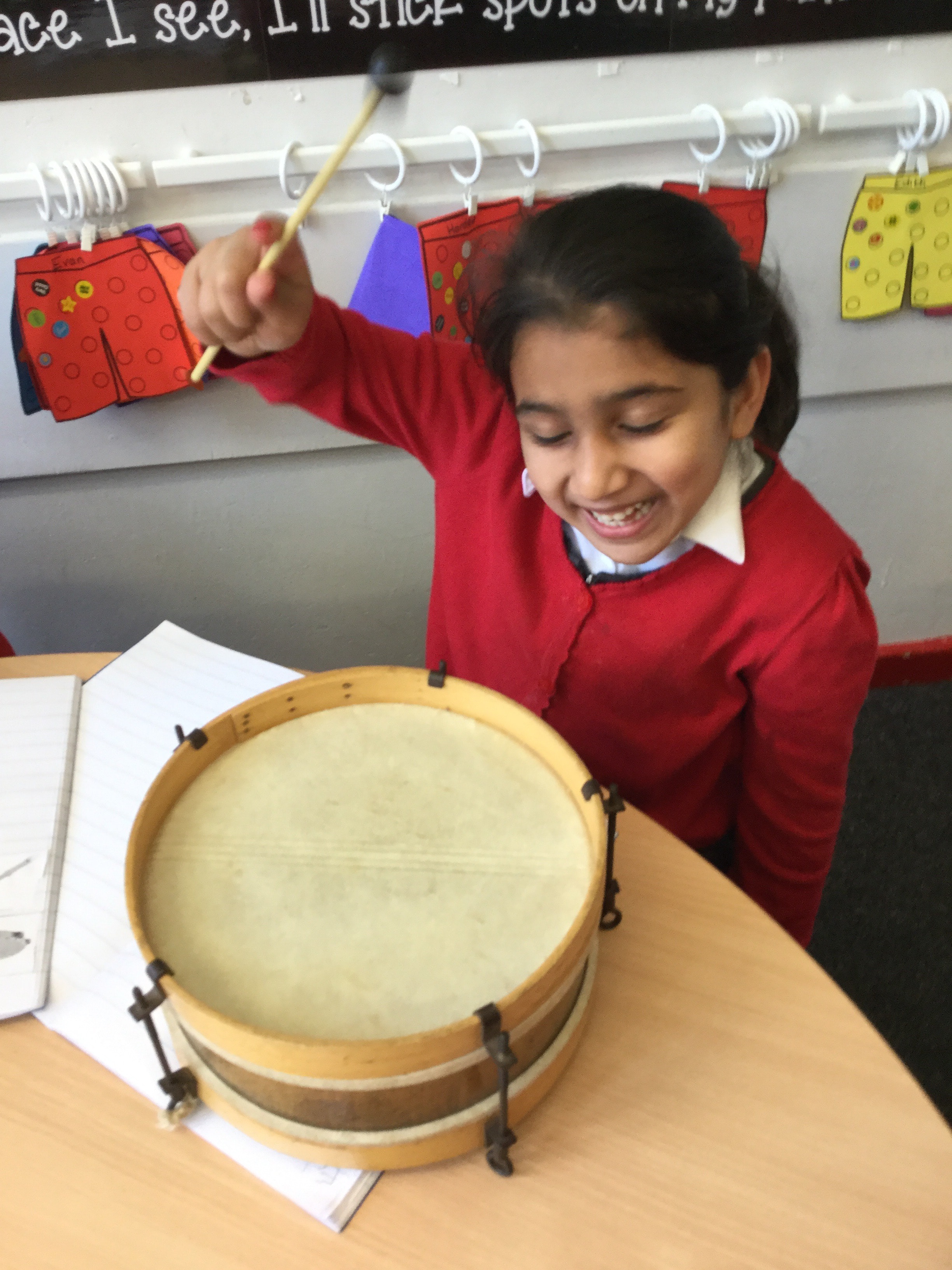
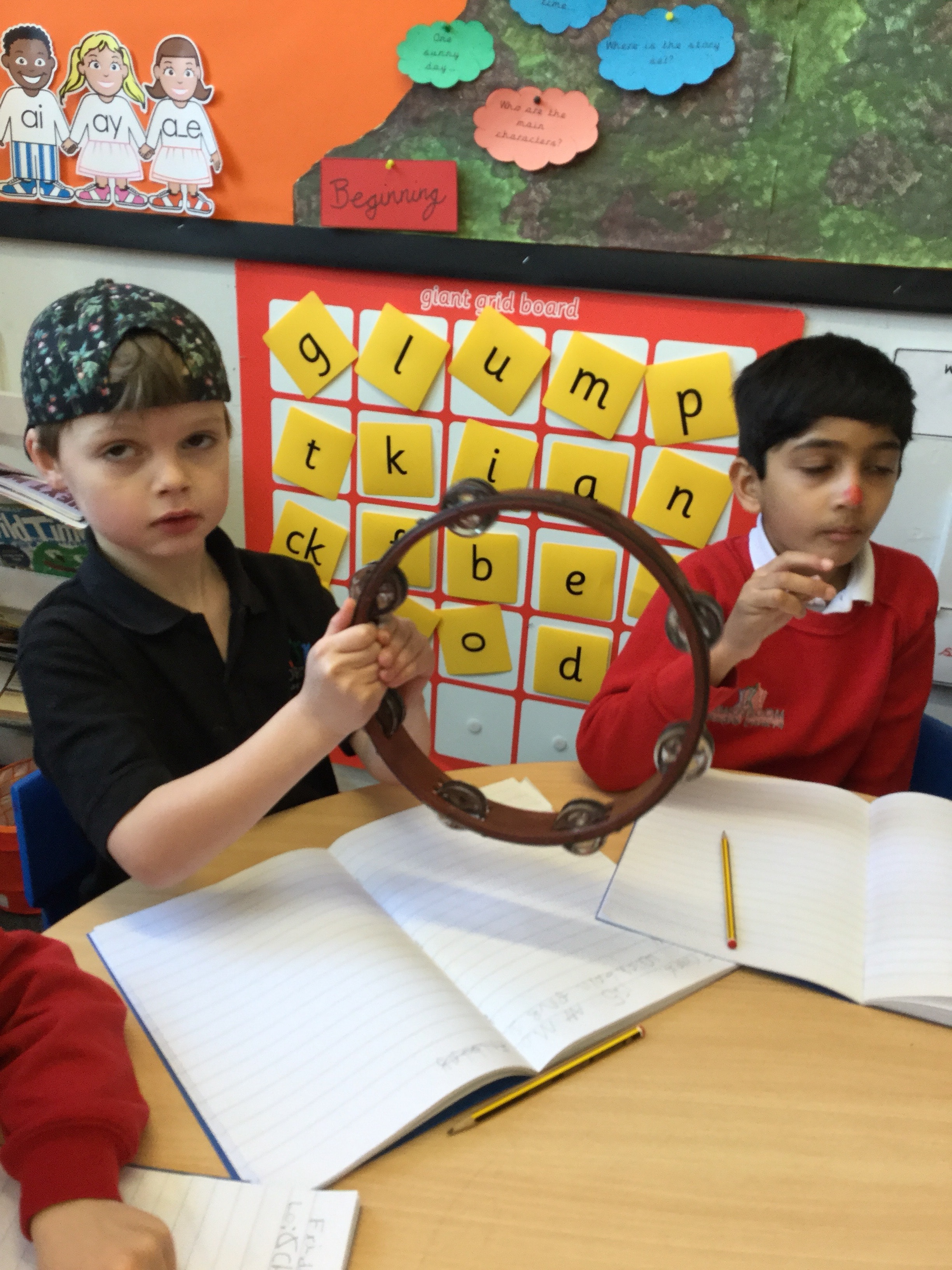
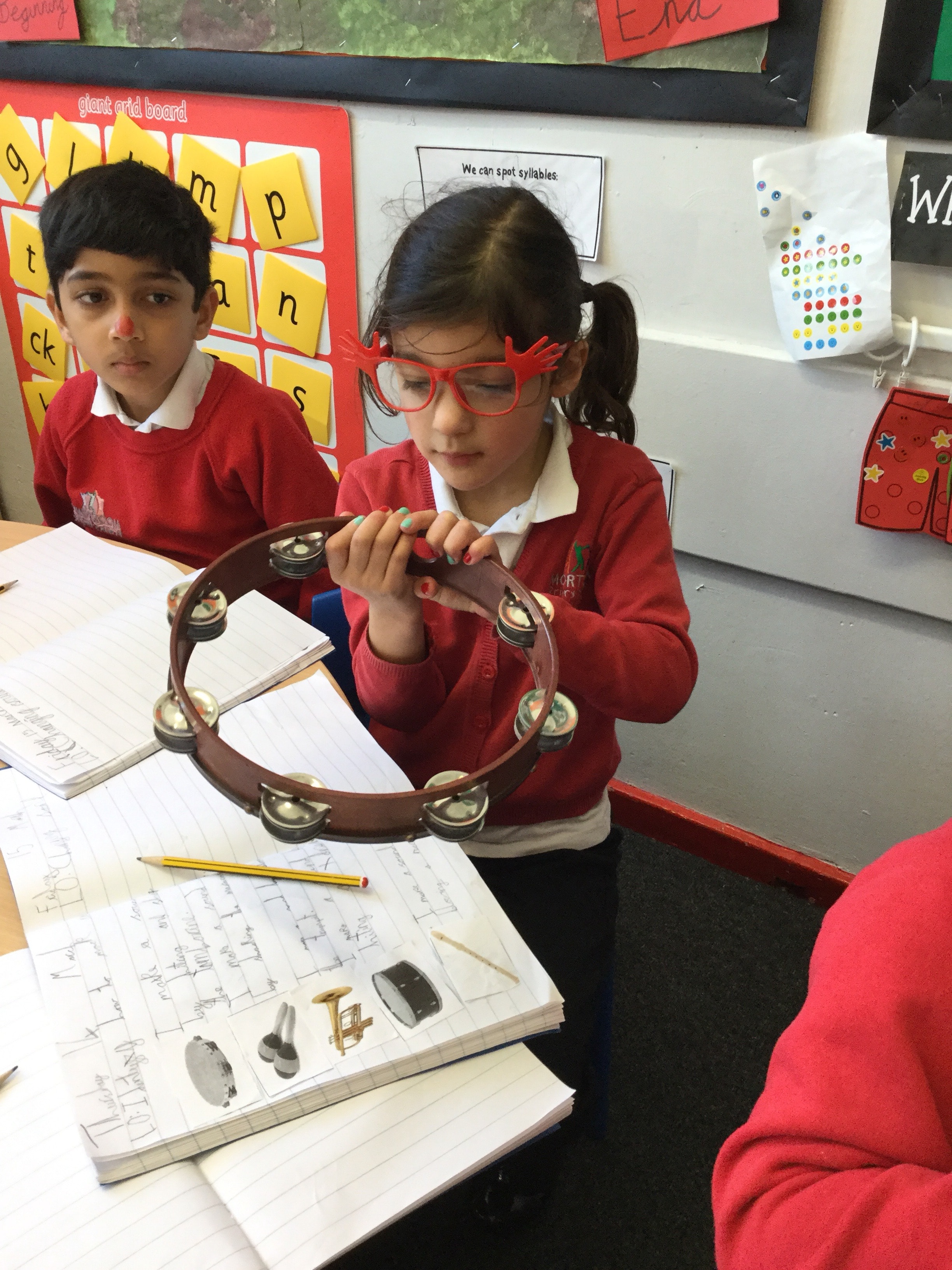
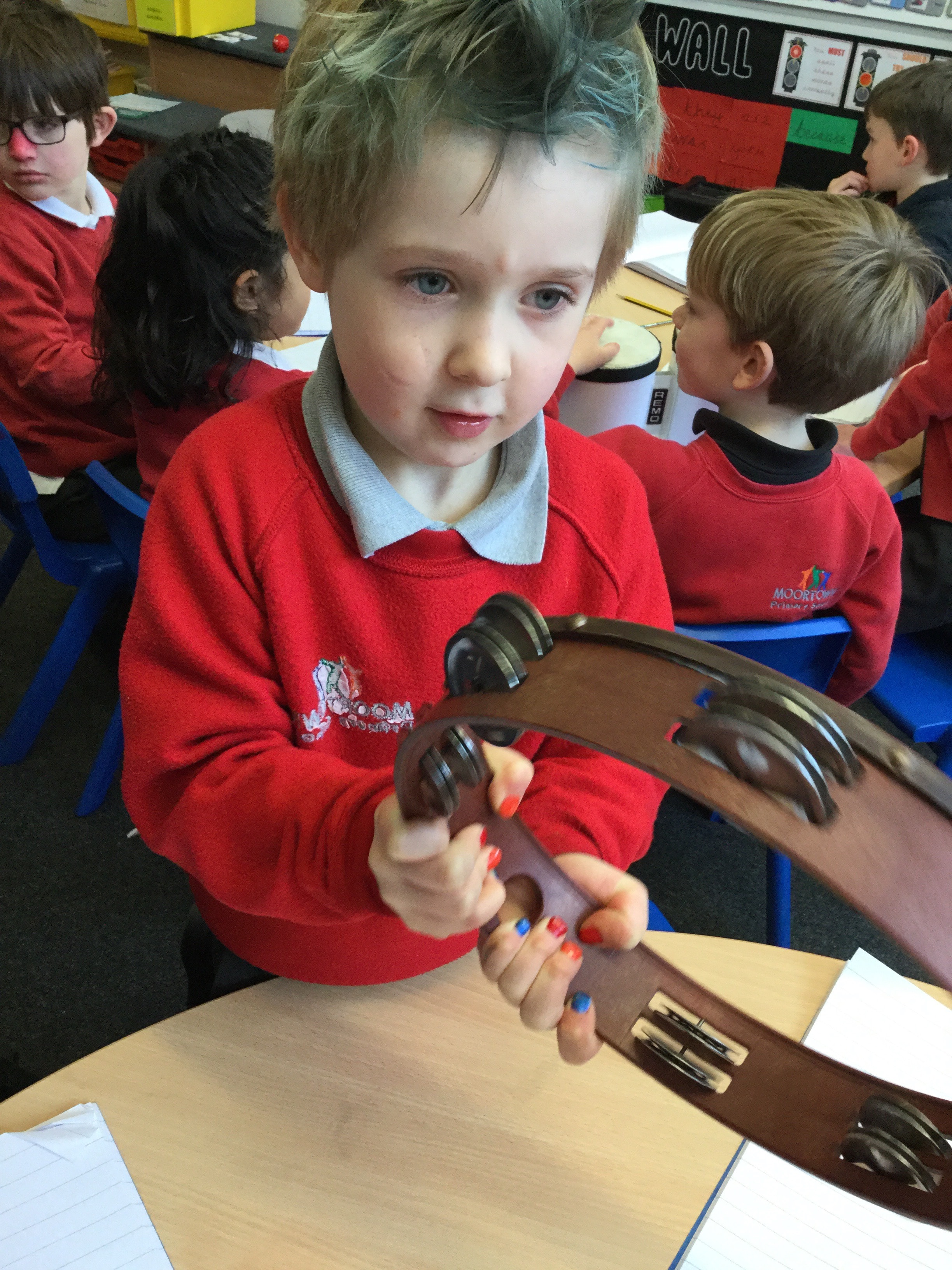

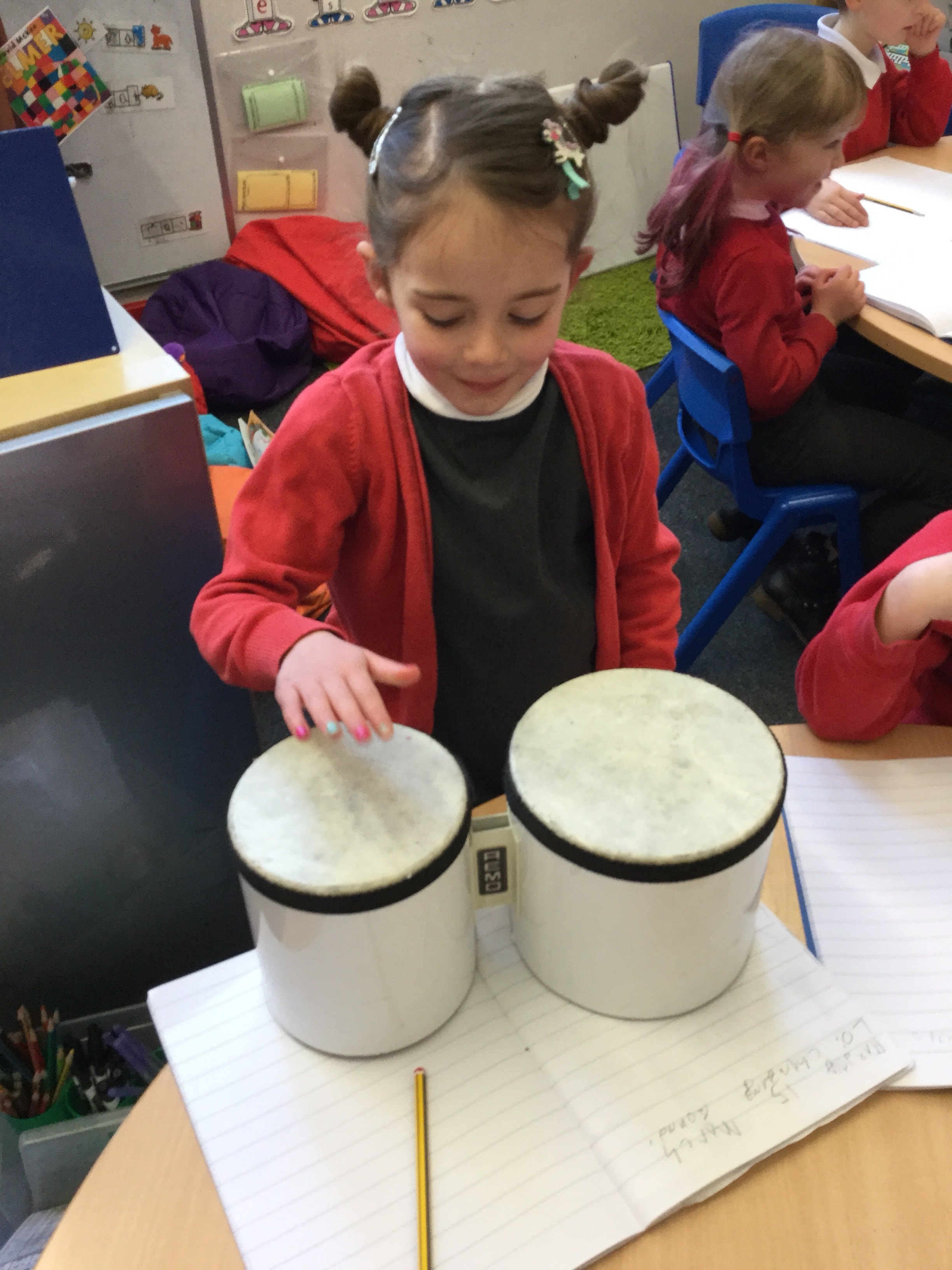
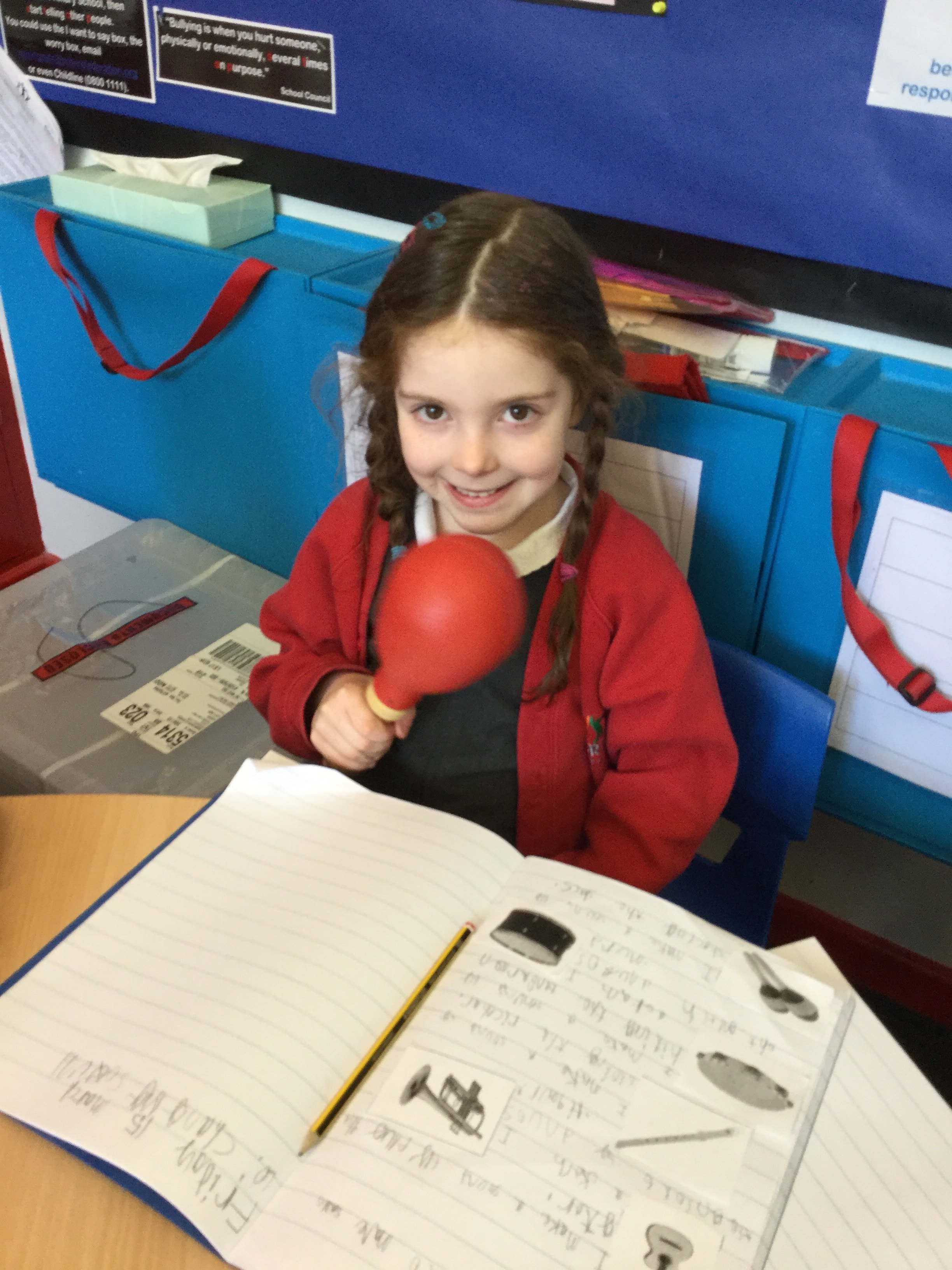
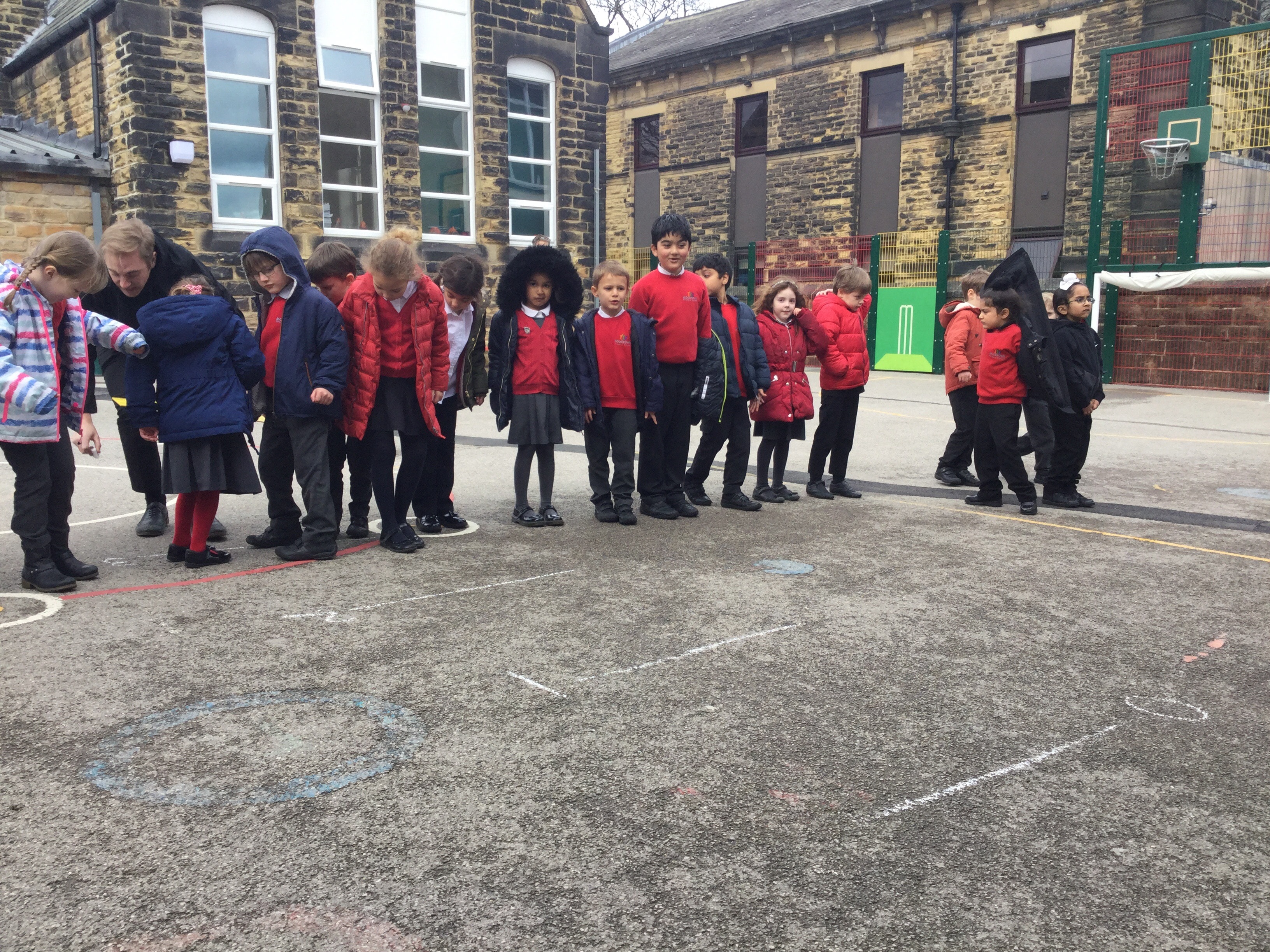
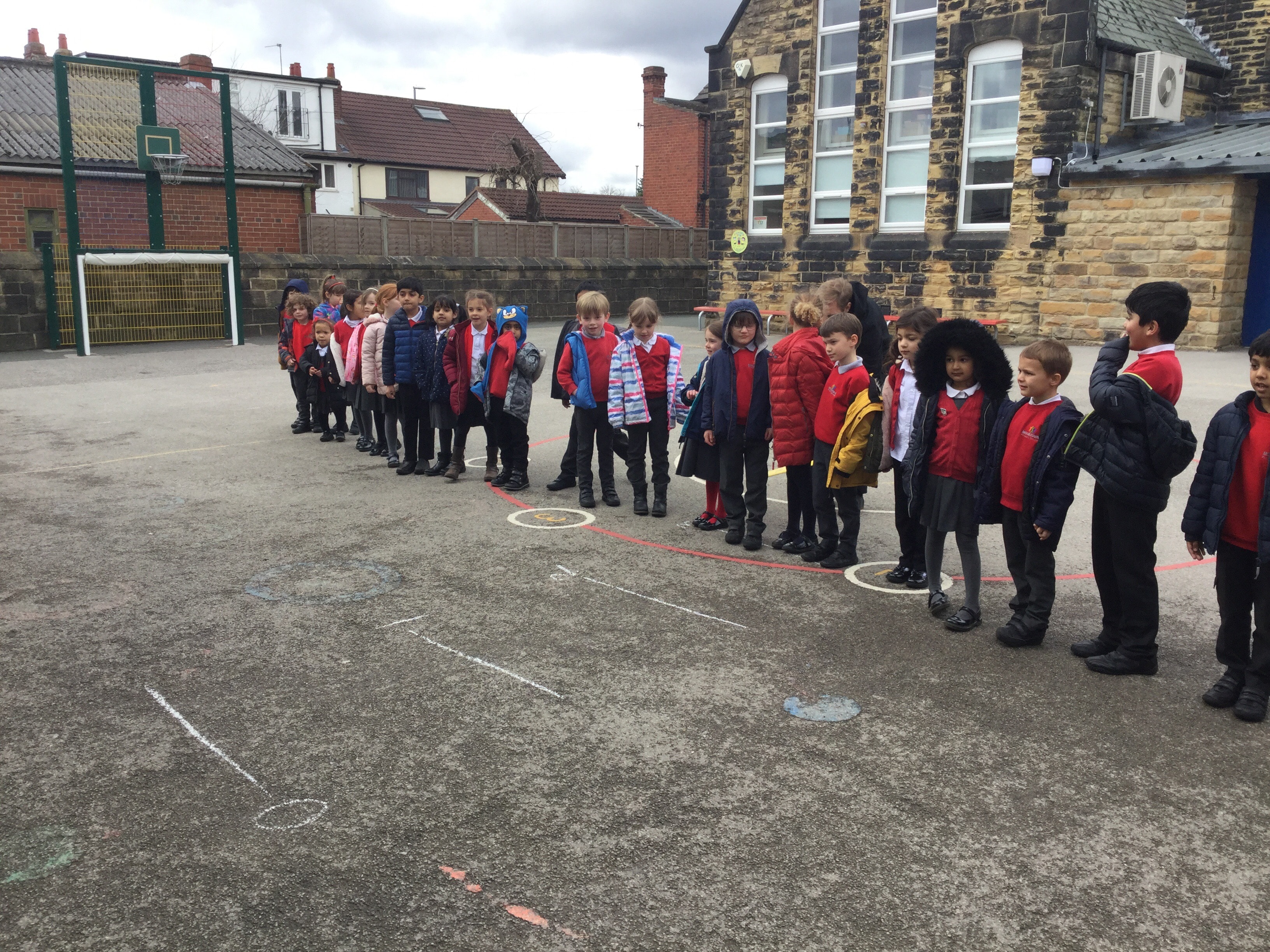
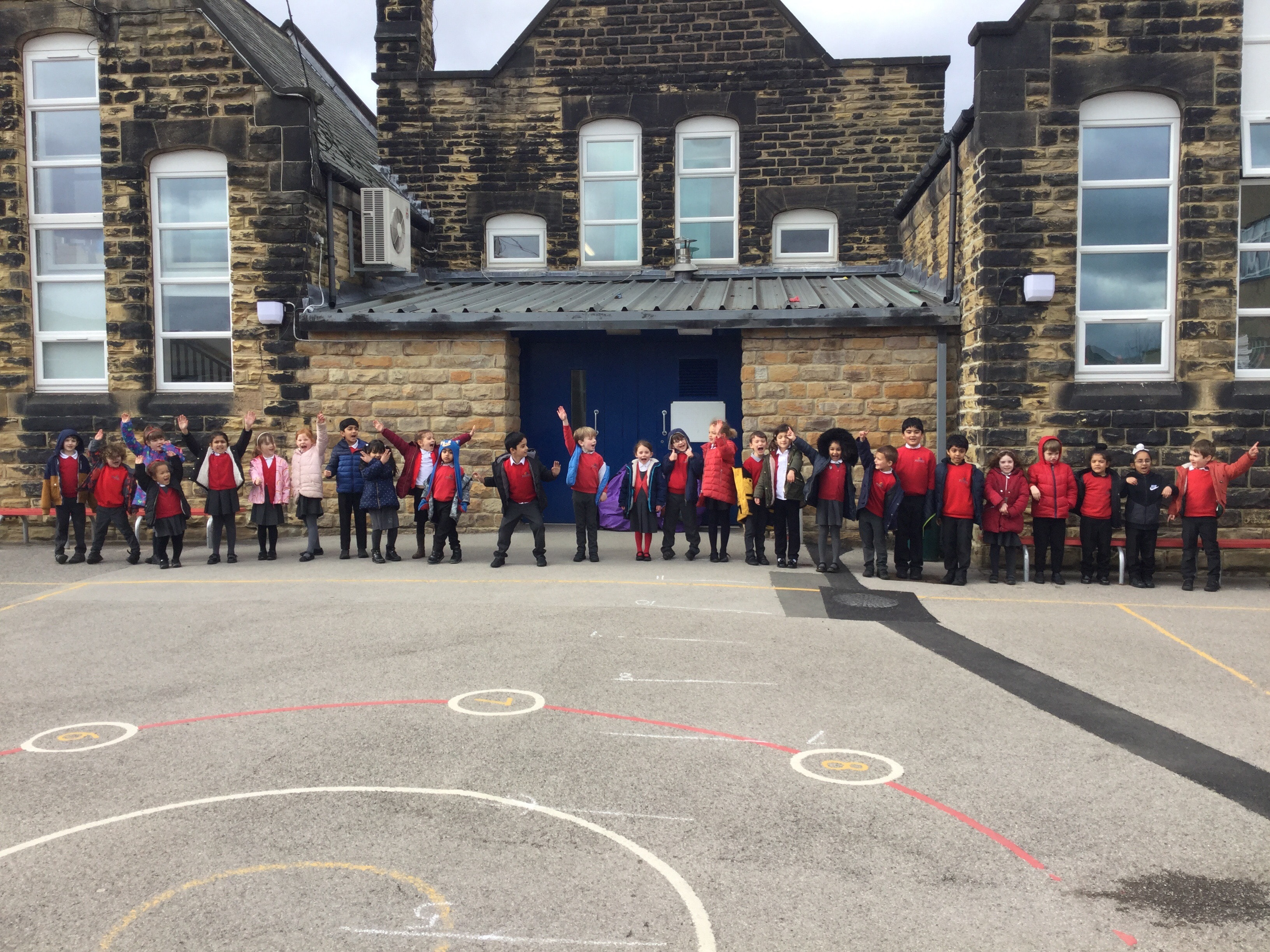
Three measly beans ….
Years 3 and 4 are almost there with the preparations for the production next week. The children have impressed us all with, learning lines, acting skills and superb singing. You are in for a treat!  There are 2 performances next week.
There are 2 performances next week.
Tuesday 2pm and Wednesday 6pm (please can children arrive back at school for 5.30pm.)
